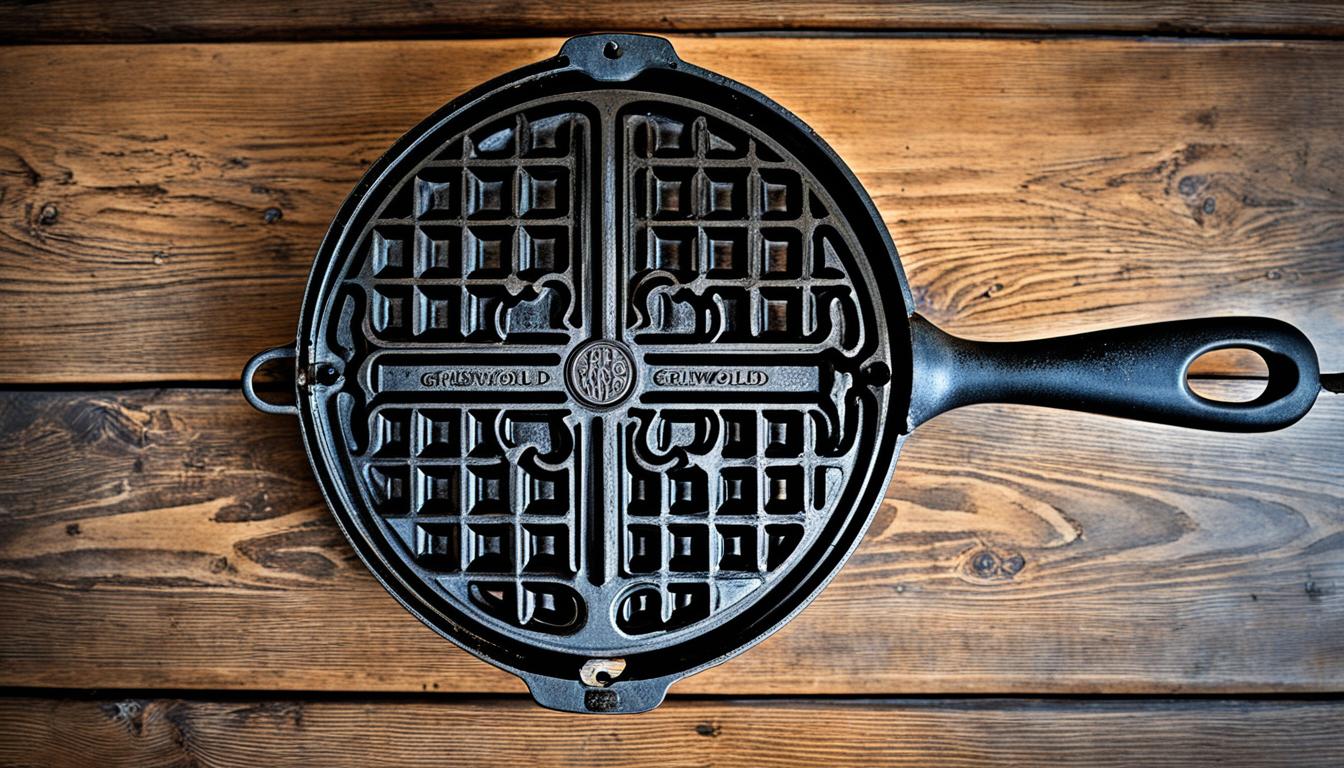If you are interested in increasing your iron intake, you should consider switching to cast-iron cooking. Iron is naturally found in animal protein, such as beef and chicken. Plant-based sources of iron include spinach, lentils, and tofu. You can also cook with iron-rich foods such as tofu, which has a generous amount of iron.
Old style cast iron waffle makers are hard to find on websites because they are really heavy which makes them more expensive to manufacture, take longer to heat up, and are more difficult to use than conventional electric waffle makers.
Since cast iron waffle makers are more expensive, heavier, and take longer to heat up than the cast aluminum plates found in electric waffle makers, you shouldn’t expect to find an electric Belgian or traditional American-style waffle maker with cast iron plates for sale on any websites anytime soon.
The following are some health benefits of cast iron cooking.
Table of Contents
Smoke inhalation
Smoke inhalation is not good for you, no matter where the smoke is coming from. Cigarette smoke and smoke from burning food all contain harmful chemicals that can damage your lungs. These chemicals can also increase your risk for cancer and other health problems.
Cast-iron cookware is a popular choice for many home chefs because it is very durable and retains heat well so it can maintain high cooking temperatures for extended periods of time. This feature promotes even cooking, so your food will come out looking and tasting great every time. Even distribution of heat won’t produce hot or cold spots in your food. Even heating prevents hot spots on the pan that can cause food to burn which can release a lot of smoke that can be hazardous to your health.
Less oil
If you have ever used a cast iron waffle maker before, you already know that you are supposed to season it with vegetable oil or canola oil to make the cooking surface nonstick. These oils have a high smoke point, very little saturated fat, and a lot of healthy polyunsaturated and monounsaturated fats that can reduce cholesterol levels.
Polyunsaturated and monounsaturated fats easily oxidize and fill up the pan’s pores. This coating will then harden as the pan is heated. This prevents the release of harmful PFCs (perfluorinated and polyfluorinated compounds) into the food you’re cooking.
Using a seasoned cast iron waffle maker or pan can help you avoid the use of non-stick sprays or oils. Acidic foods can strip out the seasoning of a pan so you avoid cooking tomatoes and lemons.
The seasoning makes the cooking surface nonstick so you will not have to use as much oil in your recipes. Less oil means your food will have fewer calories and will be more heart-healthy. The health benefits of cast-iron cooking go beyond weight loss as they can actually improve your cholesterol levels and your health!
Iron content
The amount of iron in your food is not as high as you might think. Using cast iron pots can boost your iron intake. Iron is essential for all cells in the body, and is a component of hemoglobin and myoglobin.
Adults require about eight milligrams of iron a day. Children should avoid using cast-iron pans if they have any iron-related problems. The heightened iron content in cast-iron cooking may make it safer for them. There is also a risk of iron toxicity, which causes gastrointestinal problems, such as diarrhea and hemorrhage.
Studies have shown that foods cooked in cast-iron pans contain 16 percent more iron than those prepared in non-iron skillets. Interestingly, not all foods absorb the same amount of iron, however, so there may be some variation in the amount of iron added to food. Iron absorption is enhanced by vitamin C.
Iron is absorbed most easily by acidic, high-moisture foods. Spaghetti sauce was found to increase its iron content by 5.7 mg by cooking in a cast-iron skillet. Cooking in iron pans for longer periods of time, frequent stirring, and newer cast-iron cookware all contribute to the increased iron content.
While an increased amount of iron is generally healthy for most people, it’s especially beneficial for the most vulnerable populations. Twenty-five percent of the world’s population is anemic. People with low iron levels are at risk for anemia, including premenopausal women and vegans. Also children need an extra dose of iron to grow properly.

